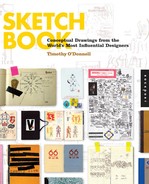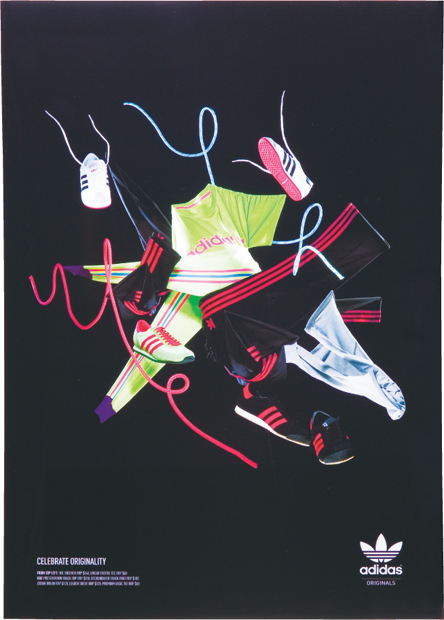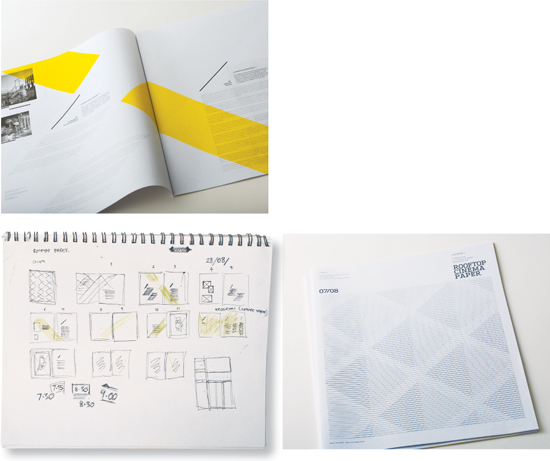Paul Fuog / The Co-Op
Melbourne, Australia
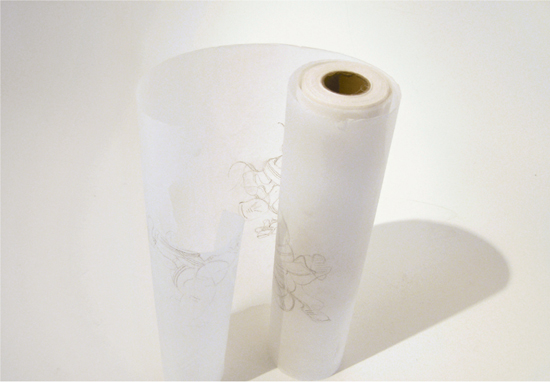

The Co-Op is a Melbourne-based design studio comprising Paul Fuog, Dan Honey, and Bec Worth. A small and fairly young outfit—it opened for business in late 2004—the Co-Op has quickly built an impressive portfolio of work for clients including Levis, Adidas, Polaroid, and the city of Melbourne.
THE CO-OP’S WEBSITE STATES, “For us, design is practiced, refined, and carefully applied,” and this acknowledgement of trial, error, and hard work is readily apparent in their sketches—drawn, unusually, on a single roll of tracing paper.
“It often depends on what I am sketching as to what format I use,” says Fuog. “But I do like to draw on tracing paper rolls when conceptualizing 3D or environmental works. Those sketches are generally quite quick and unrefined; often you need to sketch it from different angles or sketch varying components of the object, so it helps if you can see all the sketches together. Rather than having to turn the page, you can just keep on rolling it out. I picked this technique up from a friend and it has been invaluable,” he explains.
Adidas Originals Poster
Adidas
“This was a hero brand image developed for print and motion applications. Adidas Originals is intrinsically linked with the concept of time. Their product is taken from the past and reinterpreted for the future. The brand is timeless but always evolving. The creative direction interpreted the idea of bending space and time. An intergalactic spinning product showcase was suspended entirely and photographed.
In this project, the sketches came together really easily. The drawings were set up in layers, and I built upon these until I was happy with the amount of action. Translating the sketches to the 3D product sculpture, though, was a total nightmare. Everything needed to be set up so precisely, and it took about eight hours to suspend everything. Perhaps I should have saved myself the pain and just rendered the drawing.
When I finish designing 3D and environmental pieces, they often look identical to the sketches. Therefore, I have learned to trust the sketches and ensure I get them right. I know that if it looks terrible on paper, it is going to look terrible in its true form.
Sketching is a very important part of the design process. It helps the exploration of good ideas and elimination of terrible ideas. The computer offers way too many possibilities and options. I like to limit these possibilities by setting a direction on paper first. Sketching allows me to visualize the possibilities so that once I hit the computer, things flow on and I experience fewer blockages. During the project, I will often move back and forth between both media. If things aren’t going the way I want on the screen, I go back to the sketchbook. It is a great way to work through design problems.”
—Paul Fuog
“I also sketch to plan out identity work, publications, and layouts. I think it is really important to go through this process. For me, sketching is a real timesaver. If I know what I’m going to do before I hit the computer, I just do it. Otherwise, I could end up moving things around on the screen until the end of time. When I do hit the computer, I still like to have a pen and paper handy. At this stage, I scribble on whatever is in front of me—old printouts, receipts I should have filed, other people’s notebooks.
“I am always scribbling on something. Most of the time I’m unaware I’m doing it. It’s only when I look back that I discover these ridiculous sketches. Some are really disturbing. These don’t get stored; they get destroyed before someone analyzes them and puts me behind bars. I’m not really sure those particular sketches have anything to do with process; I’d probably attribute that style of sketching to boredom.”11
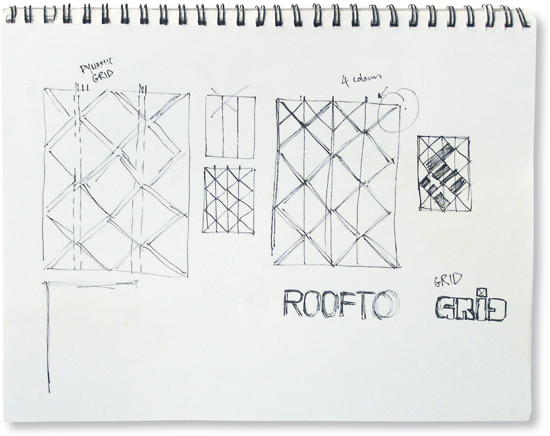
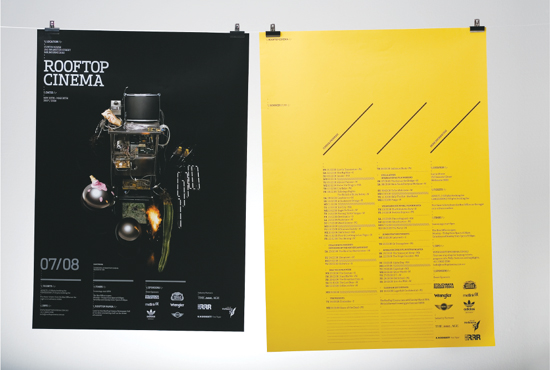
Rooftop Cinema Collateral Design
“Rooftop Cinema recontextualizes cinema, creating an entirely new experience. Patrons sit up high, with grass beneath their feet, all the while enjoying a magical view of Melbourne city. As a result, we based the creative on the theme of ‘new context.’ A selection of popular films was explored and reimagined within Rooftop parameters. Iconic props from the films were constructed into unexpected 3D forms culminating in a series of Rooftop-esque posters that challenge the viewer’s accepted perspective. In addition, we gave a further nod to general cinematic themes of drama and tension through the development of an angular grid system that allowed for dynamic typography and digital-inspired brand patterning.
The major challenge we had in this project is that we let our imaginations run a little too wild. We sketched out these elaborate 3D forms, which we loved. When we presented these to the industrial designers, they just laughed, as there was no way they could create our plans in the time frame or budget. So back to the drawing board we went.
Sketching was integral for the layouts. The grid was really challenging to work with, so we printed it on tracing paper and then worked and worked the type compositions with pencil and paper.”
—Paul Fuog
